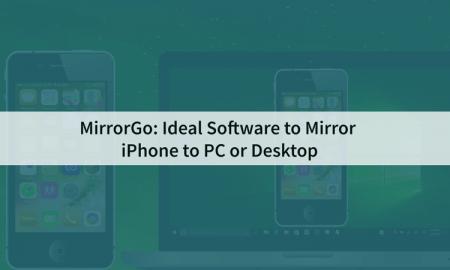Pixabay
There is no denying that technology has had a huge impact on our lives to date. For the most part, that is largely for the better. After all, we are now better connected to one another as apps and software such as Skype and Whatsapp make it cheaper and easier to stay in touch with friends and family who are on the other side of the world.
As well as this, though, tech’s development is also driving many fantastic improvements in the world of healthcare. Thanks to lots of new inventions and developments in the tech world, there are now lots of improved medicines and treatments available to a wide number of patients. Not only that, though, but it is now easier than ever for many people to get the medical attention that they need, no matter how remote they are.
So, where exactly in the health world are these improvements taking place? Here are some of the main ones that you might experience for yourself.
Pixabay
Better Data Management
For many years, hospitals and health organizations have struggled to organize and manage all of their data. As the majority of their data is related to patient records, you can see that it is imperative they are able to look after it as efficiently as possible without putting it at risk of being lost or stolen. Thankfully, technology has greatly improved healthcare data management systems. Thanks to cloud computing, all of the sensitive data can be securely stored in a way that doesn’t require large onsite storage facilities. That’s not all, though as analytics in health care have also seen a big improvement. Hospitals can now successfully look at their data and use it to make predictions and forecasts which can be of a huge benefit to them.
Pixabay
Medicine Delivery By Drones
For many decades, there has been a big problem with getting medicine and certain treatments out to patients who live in remote areas. But now that drones are having a big moment, they are making medicine delivery a lot easier for those who live in some of the remotest areas. Doctors and pharmacists can simply load all of a patient’s required medicines onto a drone and send it out to them. This technology is also being pioneered by Amazon for shipping their orders, so it looks like drone deliveries might very well become a mainstream thing before too long!
Pixabay
Remote Consultations
As well as getting medicines out to those in remote locations, it has also been difficult trying to get them seen by medical professions for consultations and checkups. But this is something else that tech is making a lot easier to tackle. Now doctors and patients no longer have to be in the same room for appointments as video appointments are now possible thanks to the likes of Skype. As patients don’t have to struggle with travel to health appointments, there is a lot less chance of them putting these important consultations off, which is always good news as it increase the chance of spotting dangerous health conditions in the very early stages.
Better Networking Between Professionals
Tech isn't just making it easier for doctors, consultants, and nurses to connect with their patients; it also helps professionals connect and network as well. Now the need for healthcare professionals to travel to conferences and expos isn't as urgent as it once was - they can simply arrange video conferences from their workplace to connect with others. This reduces the time they need to spend away from their patients and appointments. It is now also a lot quicker for healthcare experts to access papers and reports written by other experts from around the world. Most papers are now published in online journals, which means that doctors don’t have to try and source a hard copy to read them anymore.
Pixabay
3D Printing Creates Low-Cost Tools
It can be very costly to manufacture a lot of health-related equipment and tools. As a result, this pushes up the cost of a number of treatments and diagnosis processes. But it looks like that all of that expense could be a thing of the past as 3D printers now make it quick and cheap to produce new tools and equipment. And it’s not just traditional tools that can be crafted using 3D printers. Some specialist printers have been developed that can create synthetic skin and prosthetics. Who knows, in a few years health professionals might be able to print out artificial organs for use in transplants.
Pixabay
Online Training And Education
I’ve already mentioned that the internet has now improved communication and networking thanks to video conferencing and instant messaging. These developments are also making online training and education possible in the healthcare sector as well. Students can take part in online lectures and seminars, and can even watch videos of medical procedures taking place to supplement their learning. Not only is this great news for students, but it also means that medical professionals who are working in some of the most isolated regions in the world can expand their knowledge and skill set without needing to leave their post.
Nanotechnology And Robotics
If you regularly read newspapers and watch news shows, then you will be very aware that robots are becoming extremely sophisticated and can now be used for various jobs. This is even the case in healthcare where robotics are increasingly being used in surgery and other treatment procedures. There have also been great breakthroughs in nanotechnology which have seen new tools that can be used for intricate surgeries. With the use of nano-robotics in surgery, less invasive methods need to be used, which can help speed up the patient’s recovery and recuperation time. So, it might not be too long before we have robots taking care of entire operations!
As you can see, tech advancements have seen things move on by leaps and bounds in the medical world. It’s exciting to watch where tech will take the world of healthcare - it could be a landscape that vastly changes over the next couple of decades!






